- Written By Team DWS
- Festivals
- November 06, 2024
The Importance of Pratihar Sashthi in Hindu Culture: A Spiritual Perspective
Hinduism, a rich tapestry of spiritual beliefs and practices, is known for its diverse festivals and rituals that reflect its profound philosophies and traditions. Amongst the numerous important observances celebrated across the subcontinent, Pratihar Sashthi stands out as a significant event rooted in spiritual meaning and cultural heritage. Falling on the sixth day (Sashthi) of the waxing moon in the month of Chaitra (March-April), this day holds a special place in the hearts of many devotees, particularly in the context of honoring motherhood and celebrating the divine feminine.
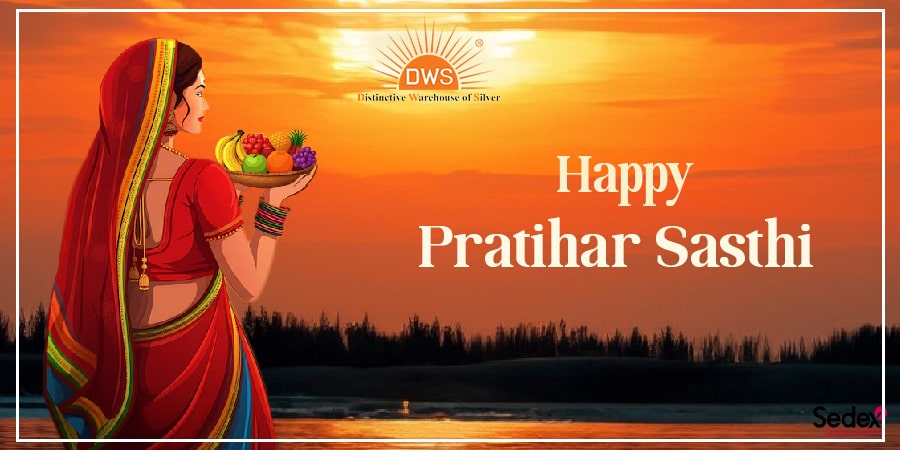
The Legends Behind Pratihar Sashthi
The mythology surrounding Pratihar Sashthi is enveloped in various narratives, primarily focusing on the goddess Sashthi, who is revered as the protector of children and the nurturing spirit of mothers. Hindu scripture depicts her as a celestial being who aids mothers in safeguarding their offspring from maladies and misfortune. Many believe that she personifies maternal love—embodying care, protection, and nourishment.
Legends tell of her immense power to bestow blessings upon families, especially those without children. On Pratihar Sashthi, devotees perform rituals and prayers to seek her grace, ensuring the well-being and prosperity of their lineage. This day, therefore, becomes not just a celebration but a collective prayer for fertility and a healthy future for the children of the community.
Spiritual Significance
The significance of Pratihar Sashthi extends beyond the rituals performed. It embodies the essence of motherhood, demonstrating the profound respect and reverence for female energy in Hindu culture. Women, often seen as the custodians of family well-being, are celebrated on this day, reinforcing their crucial role in shaping society.
The festival also emphasizes the human connection to the wider cosmos. By honoring the divine mother, worshippers acknowledge the universal bond that exists among all beings. The rituals performed can be viewed as an act of holistic spirituality, where the act of praying for children is, in essence, a prayer for peace and prosperity in the world. Through their devotion, families seek to create a cosmic balance, underlining the belief that the well-being of children contributes to the overall harmony of society.
Rituals and Celebrations
The day is marked with a series of rituals, varying by region, yet underpinned by the central theme of revering Sashthi. Women, often dressed in vibrant attire, gather to perform puja (worship) and offer their prayers. The preparation of traditional sweets and dishes is common, symbolizing abundance and nourishment. Many families establish an altar adorned with flowers, fruits, and images of the goddess, setting the stage for an intimate communion with the divine.
Stories and hymns dedicated to Goddess Sashthi are recited, creating an atmosphere of devotion and reflection. This practice serves as a means of imparting cultural values to the younger generations, embedding the significance of family, care, and spirituality in their hearts.
Sashthi as a Symbol of Empowerment
In the modern context, Pratihar Sashthi serves as a platform for women’s empowerment. By venerating motherhood, the festival implies a broader narrative that champions women’s roles in society. It encourages both men and women to appreciate the strength, resilience, and nurturing capabilities of mothers and mothers-to-be. This recognition fosters an environment of respect and empathy towards the challenges faced by women, underlining the idea that their contributions are indispensable to the fabric of society.
Furthermore, the festival provides a space for dialogue on issues surrounding fertility and health, allowing communities to come together in learning and sharing knowledge. Health discussions, especially concerning maternal health, thyroid-related disorders, and ensuring a safe space for child-rearing, take on a new dimension during this festival. Therefore, Pratihar Sashthi not only becomes a spiritual observance but also a communal effort to foster health and wellness.
Conclusion
In essence, Pratihar Sashthi is not merely a celebration of divine feminine energy; it stands as a testament to the importance of motherhood in Hindu culture. Its observance weaves together threads of spirituality, cultural heritage, empowerment, and community engagement. As devotees invoke the blessings of Goddess Sashthi, they embody the nurturing spirit she represents—a spirit that resonates deeply within the collective cultural ethos of Hindu society.
In a world that often seems disconnected, festivals like Pratihar Sashthi remind us of the vital connections we share with one another, our families, and the cosmos. They encourage us to honor, celebrate, and respect the many facets of life, emphasizing the richness and diversity that characterize the human experience. Thus, as generations come and go, the importance of Pratihar Sashthi will continue to hold significance—a sacred call to honor the divine mother and nurture the future.

Pratihar Sashthi FAQs: Your Guide to the Celebrations and Significance
Here’s a set of frequently asked questions (FAQs) on Pratihar Sashthi, a significant Hindu festival celebrated primarily in some regions of India.
Q1: What is Kartik Pratihar Sashthi?
A1: Kartik Pratihar Sashthi is a Hindu festival celebrated primarily in parts of India, particularly in the states of Bihar and Jharkhand. It takes place on the sixth day (Sashthi) of the bright half (Shukla Paksha) of the month of Kartik in the Hindu lunar calendar. The festival is dedicated to the worship of deities and the celebration of harvest.
Q2: When is Kartik Pratihar Sashthi celebrated?
A2: The exact date of Kartik Pratihar Sashthi varies each year based on the lunar calendar. It generally falls in October or November.
Q3: What is the significance of Kartik Pratihar Sashthi?
A3: Kartik Pratihar Sashthi is significant for its association with the worship of specific deities, family bonding, and community involvement. It marks a time for thanksgiving for a bountiful harvest and is seen as an occasion to seek blessings for prosperity and well-being.
Q4: How is Kartik Pratihar Sashthi celebrated?
A4: Celebrations typically include rituals, prayers, and offerings to deities. Families prepare special dishes, decorate their homes, and participate in community events. Rituals may vary by region and personal beliefs.
Q5: Are there specific rituals associated with the day?
A5: Yes, specific rituals may include fasting, performing pujas (prayers), and making offerings of fruits and sweets to the deities. Devotees may also engage in singing devotional songs and sharing meals with family and friends.
Q6: Who can participate in Kartik Pratihar Sashthi celebrations?
A6: Kartik Pratihar Sashthi can be celebrated by anyone interested, particularly Hindus and those adhering to local customs. Families and communities often come together to celebrate, making it an inclusive event.
Q7: Are there any traditional foods associated with Kartik Pratihar Sashthi?
A7: Yes, various traditional foods may be prepared for Kartik Pratihar Sashthi, including sweets and savory dishes specific to the region. Rice, lentils, and seasonal vegetables are often featured in festive meals.
Q8: Is there any legend or myth associated with Kartik Pratihar Sashthi?
A8: There may be local legends or stories passed down through generations regarding the importance of this day, often emphasizing themes of gratitude, unity, and the blessings of nature.
Q9: Are there any specific mantras or prayers recited during Kartik Pratihar Sashthi?
A9: Yes, devotees often recite mantras and prayers specific to the deities they are worshiping. Local traditions may dictate particular verses or hymns to be chanted.
Q10: Can Kartik Pratihar Sashthi be celebrated outside India?
A10: Yes, Hindus living in diaspora communities around the world often celebrate Kartik Pratihar Sashthi, adapting the traditions and rituals to their local circumstances while maintaining the essence of the festival.
Feel free to ask if you need more specific information or details!
Popular on Blogs
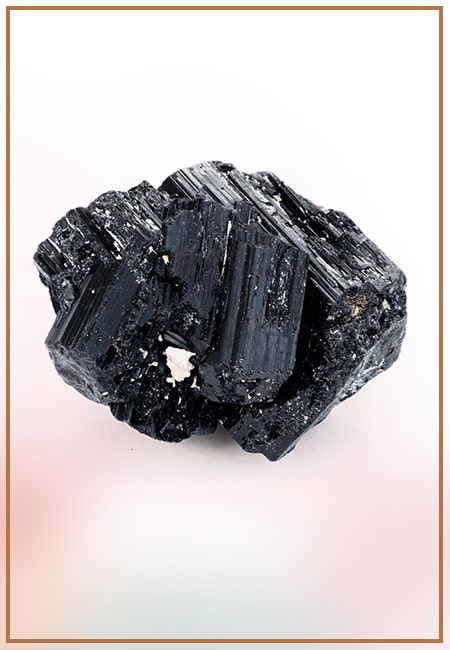
Black Tourmaline: Meaning, Healing Properties, Fascinating Facts, Powerful Attributes, Versatile Uses, and Beyond
September 05, 2023 / BY Team DWS
Black Tourmaline, also known as Schorl, is a highly revered crystal with incredible metaphysical properties. It derives its name from the Dutch word "turamali," meaning "stone with ..
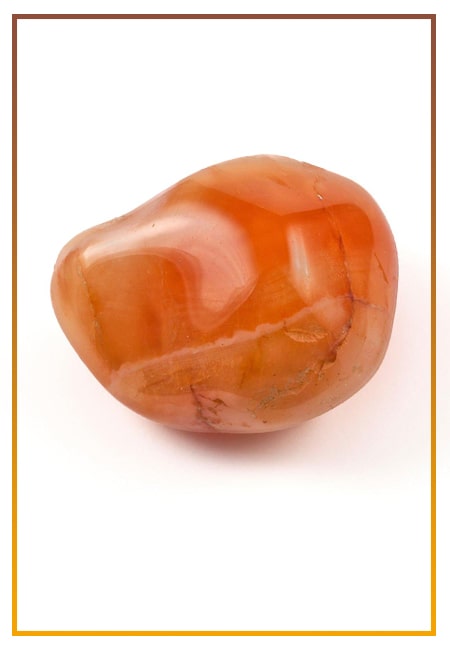
Carnelian Stone: Meaning, Healing Properties, Power, Facts, Color, Uses and More
December 26, 2023 / BY Team DWS
Carnelian is a vibrant and captivating gemstone that holds a plethora of meanings, healing properties, and powers. Its warm and fiery energy makes it a popular choice among crystal ..
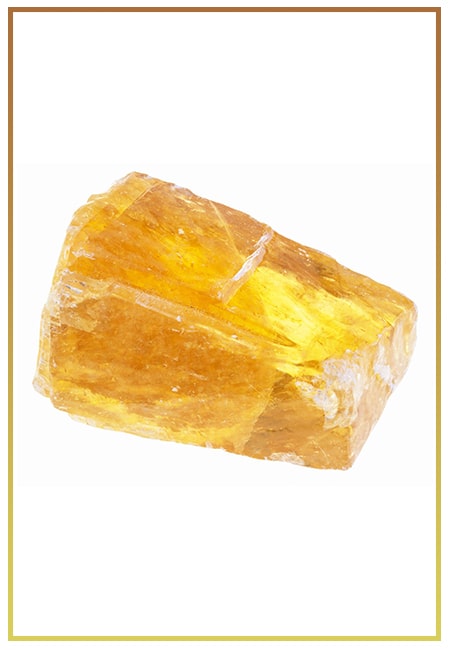
Citrine: Exploring its Meaning, Healing Properties, Fascinating Facts, Powers, Versatile Uses, and Much More
November 18, 2023 / BY Team DWS
Citrine, with its warm golden hues, has captured the attention and imagination of people for centuries. This beautiful gemstone, commonly associated with wealth and prosperity, hol ..

Black Onyx: Unveiling the Meaning, Healing Properties, Fascinating Facts, Powerful Attributes, Versatile Uses, and Beyond
July 25, 2023 / BY Team DWS
Black Onyx, a striking gemstone admired for its deep black hue and elegant appearance, has captivated people for centuries. In this comprehensive guide, we will delve into the mean ..
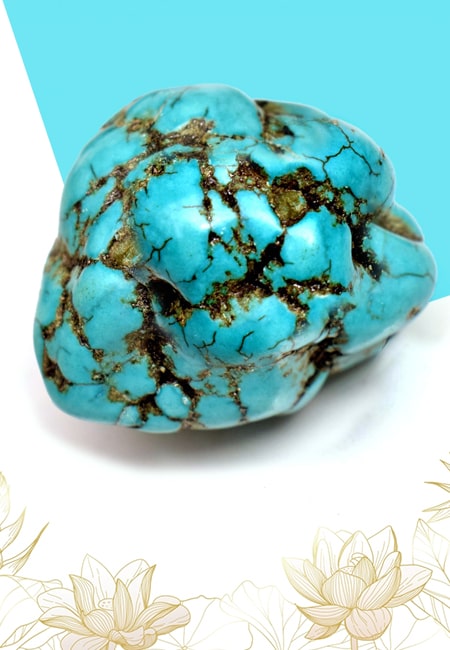
Unveiling the Mysteries of Turquoise Stone: Exploring its Meaning, Healing Properties, Power, Facts, Color, Uses, and More
December 05, 2023 / BY Team DWS
Turquoise, with its captivating blue-green hue, has been adorning jewelry and artifacts for centuries. This striking stone has a rich history, rich symbolism, and a plethora of int ..
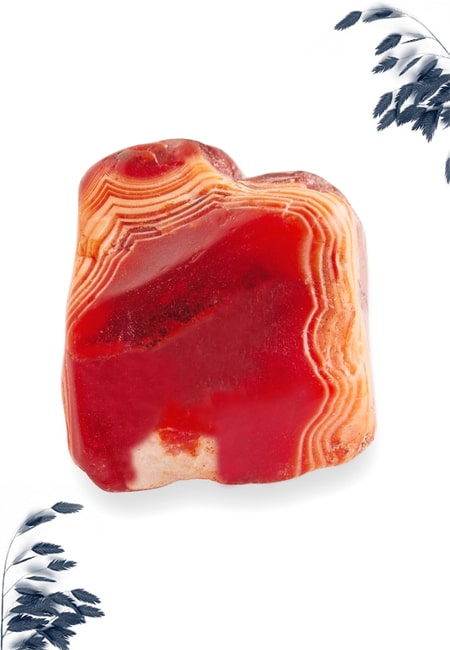
The History Behind The Popularity of Red Agate
December 23, 2022 / BY Team DWS
An Agate is a type of magma rock that takes many years till it is washed out naturally into the water. And that is the reason this stone has elements of water. This beautiful stone ..

Plan a Perfect Valentine's Week with Our Valentine Week List 2025
January 22, 2024 / BY Team DWS
Valentine's Day is undoubtedly the most romantic day of the year, but we believe that one day is just not enough to express your love and make your partner feel special. That's why ..
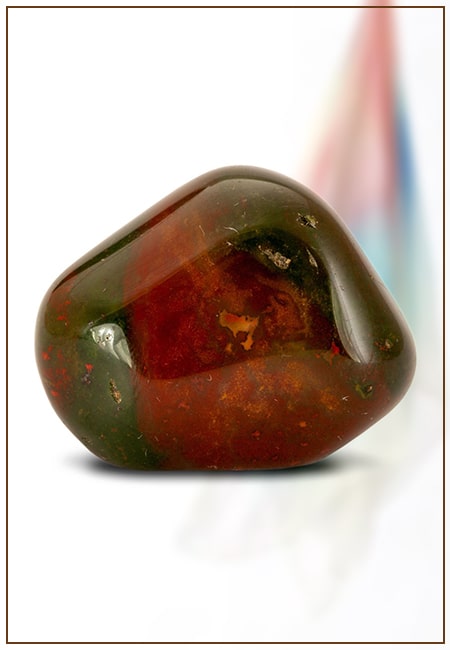
Bloodstone: Unveiling the Meaning, Healing Properties, Facts, Powers, Uses, and More
August 21, 2023 / BY Team DWS
Bloodstone, with its captivating deep green color with specks of red, is a mesmerizing gemstone that has fascinated civilizations for centuries. It possesses unique healing propert ..


